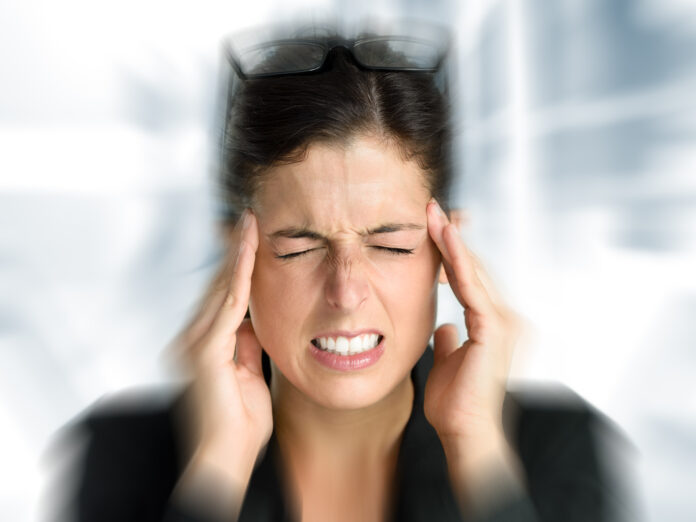
Same named meridian are considered same meridian regardless hands and feet.
Treatment for upper body fullness symptoms should use acupuncture points on lower body
By Brandon SJ Oh, Ph.D., L.Ac.
I explained already in May;
l A Mechanism of Acupuncture
– The 12 Meridians or channels are basically a linear concept.
– Qi tends to be pulled and pushed where an acupuncture needle is inserted.
– Stronger stimulation takes place on the extremities. Acupuncture points on tips of fingers and toes (well points) especially have the strongest Qi stimulation.
l Various upper body symptoms could be taken care of by lower body treatment.
– upper body symptoms could be resolved by using acupuncture points located on the Stomach meridian in lower body parts.
l Stimulation of Interior (裏)/Exterior (表) meridian
– According to Traditional Chinese Medicine (TCM), the interior (裏) meridians belongs to Yin (Zang) organs and the exterior (表) meridians belongs to Yang(Fu) organs.
– When there is indigestion, Qi needs to be brought down from upper body and delivered to the meridian which has an Interior (裏)/Exterior (表) meridian relationship, the Spleen meridian.
– In the case of headaches, especially with tension headaches (陽明頭痛) and weak body conditions, careful approaches need to be taken by means of acupuncture. Also,weak body condition is considered as a lack of upper body Qi circulation in general. In order to prevent sudden loss of Qi circulation, which easily leads to dizziness and distribution on head it is recommended to use Li11.
l Effects of Stimulation of Acupuncture Point
– All acupuncture points have pushing and pulling of the Qi with needle insertion. However, there are different degrees of pushing and pulling Qi depending on where an acupuncture point is located on its meridian.
l Case Study: Indigestion and Qi Movement
– In case of stuffiness of the chest and stomach due to indigestion, stimulation of
acupuncture points on the Lung meridian helps resolve stuffiness. Qi movement on the Lung meridian helps clear any obstruction in abdomen area by creating of strong Qi movements from abdomen to upper body. Also the Lung meridian is connected to Spleen meridian by its Interior/Exterior relationship. Once acupuncture stimulates the Lung meridian, this consequently affects Qi movement in the Spleen meridian, moving from the feet to the abdomen.
Treatment Strategy: Various upper body symptoms can be taken care by lower body treatment. (上病下取)
Treatment for upper body fullness symptoms should use appropriate acupuncture points located on lower body. (上實下取) Similarly, Treatment for lower body fullness symptoms should use appropriate acupuncture points located on upper body. (下實上取)
I have already explained the strategy for acupuncture point selection for various symptoms. I would like to introduce more examples for using the strategy.
If a patient complains of lower back headache, Ub60 (崑崙) could be one of the best choice for resolving pain. As I mentioned earlier, obstructed Qi at head leading to headaches can be descended by treatment of acupuncture points on lower body.
In the case of migraine, use acupuncture points located on leg and on the meridian of Gallbladder. Other headache caused by emptiness which is not applicable to my strategy yet needs to look at acupuncture points on the upper body.
History of Creation of 12 Meridian
The 12 meridians theory is not that long in the history of Asian medicine which spans almost 5,000 years. Before the 12 meridian theory was formed, there were only 6 meridians: the Greater Yin(太陰) meridian, Lesser Yin(少陰) meridian, Reverting Yin(厥陰) meridian, Greater Yang(太陽) meridian, Lesser Yang(少陽) meridian, and Yang Brightness(陽明) meridians. Later 6 meridians divided into 2 per meridian and made each 12 meridians and were started belongs one of 12 different Zang and Fu. These 6 meridians have their respective Qi. Later, these 6 meridians each divided into 2 meridians, so we now have 12 meridians. Therefore, Greater Yin meridian of hands and feet, which are belonged to the Lungs and Spleen, respectively shares same Qi. Also, other same named meridian are considered same meridian regardless its name.
Li1(中府), which is located at the beginning of the Lung meridian, is gathering location of abdomen Qi and the Lung meridian starts from abdomen even though first acupuncture points starts on arms area. Therefore, leg edema or fatigue due to liquid stagnation on legs could be resolved by acupuncture on any acupuncture points on the Lung meridian which effects and clear liquid stagnation by strong circulation of Qi on legs. Because the Lung and the Spleen meridian are belonged to Greater Yin meridian. Once acupuncture stimulates the Lung meridian, this consequently affects Qi movement in the Spleen meridian, moving from the feet to the abdomen. If symptoms are on the lower part of body, treatment should be performed on corresponding acupuncture points on the upper body.
The same rule can be applied in the case of chest congestion or blood circulation related to cardiovascular malfunction. This needs to be controlled by the Liver meridian instead of same named meridian of Pericardium by acupuncture treatment. For your information, the name of meridian that connected on liver is called Feet Reverting Yin(足厥陰) and Hands Reverting Yin is assigned to Pericardia which is directly controls the functional expects of heart problems.
Also, blood stagnation causes cysts on wombs, ovaries, or lower abdomen coldness due to blood circulation obstruction. This should be treated by Hands Greater Yang (small intestine) meridian instead of Feet Greater Tang (Urinary Bladder) meridian.
Other upper body pain like upper back pain where Hands Greater Yang meridian passes could be controlled effectively by taking acupuncture points on Feet Greater Yang meridian.































